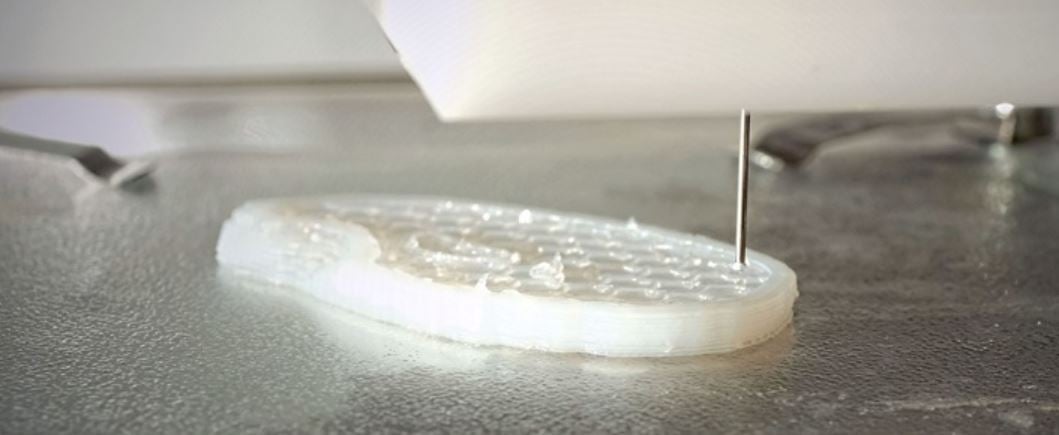
When it comes to the whole narrative of heating, many 3D printing enthusiasts ignore it. When someone tells you to warm up your 3D printer, you might wonder why that is. Moreover, why is it that regular printers can work without the need for heat while 3D printers need some extra care?
The answer to that might surprise you. What most people think is that in 3D printing, the thing that matters the most is light since that’s the thing that prints. But that is only partially true. Without heat, you can mess up your output and not get the desired results.
So, why exactly does heating matter in resin printing? Let’s find out.
The Importance of Heat in Resin Printing
Photo-polymerization is the process that leads to successful 3D printing. This process or strategy is the reason why we’re able to 3D print awesome things. For this process to work, it requires light to solidify the resin and there’s no heat required.
But wait! Temperature plays an even more important role in the overall output. You see the main job of heat in 3D printing is to make the resin more reactive which makes it require less light to be cured.
That is one of the reasons why people should use a Resin Mini Heater as it ensures giving the appropriate heat to your 3D printers, making them more reactive. But how does heat work in making it more reactive in the first place?
You see, when you heat the 3D printer, it makes the particles energy which is why they wiggle faster, ultimately meeting each other. In this case, hot resin means that it’s more reactive, and cold resin means that your 3D print is less reactive.
Most resins will fail working if they fall under 20 degrees Celsius and let’s find out the reason why.
Difference Between 3D Printing in Hot and Cold Environments
Curing is one of the most important parts of 3D printing as it is the process of turning the resin from liquid to solid, so it can become a solid 3D print. To make you understand the difference, let’s take an interesting example.
Let’s say that you’re printing a highly detailed miniature figure using a Conjure Sculpt Resin. In summer, your resin will be over-cured since the resin works best up to 30 degrees. If the temperature goes beyond that, you will not get the desired outcome. Similarly, if it’s under-cured, your print will start to fall off.
In other words, your temperature control matters so much when you’re 3D printing because it’s directly linked to the output. The temperature around you changes the critical energy that is needed to cure the resin.
To make things more understandable, temperature changes also change the resin’s viscosity. The colder it gets, the thicker your resin will become and the warmer it gets, the more liquid and runny it will become.
For optimal results, you might need to set resin in a way where it flows better and is easier to print. Firstly, you will need to get an appropriate resin for your needs and then, you will need to understand at what temperature will it suit the best.
Resins like Chitu Printer’s will have a guide on what temperature each of their resins works the best for. From there, you need to know to learn the importance of a heater in 3D printing.
The Use of Resin Printer Heater in 3D Printing
By now, you understand that temperature control is vital for 3D printing and it’s most crucial for ensuring that your output is good. But how do you actually control the temperature if the weather is always changing?
That’s where a Chitu System’s Resin Printing Heater comes in. Let’s say that your resin works the best between 25-30 degrees. Ensuring that your room temperature is around that mark will be difficult.
However, a resin printer device maintains a consistent temperature with your printer’s built-in chamber for the resin at the VAT. Moreover, it comes with a built-in thermostat that allows you to set the optimal temperature.
Chitu Systems has the perfect Mini Resin Heater as it fits most LCD 3D printers, offering convenience for all 3D printing enthusiasts. Moreover, it has the perfect temperature control for resin from 0-85 degrees Celsius, which makes it a perfect pick for you.
To make things interesting, this Mini-Heater has protective measures like overheat protection as it automatically stops at the 85-degree mark. But to take heating to the next level, this mini-heater has a dual roller bearing fan with 8000 RPM, meaning that it will quickly heat up or bring down the temperature according to your requirements.
Conclusion
The world of 3D printing is diverse and if you want the best possible results, heating your resin will be necessary. To make it happen, you need to buy the best mini-heater for resin and that’s where Chitu System comes in.
If you’re looking for a product that has wide temperature control with a portable and adjustable direction and all the safety features, then you should check out Chitu Systems 3D Printer Heater.
FAQs
Can You Print with Less Viscous Resin?
Of course, you can print with less viscous resin but your results will be fragile and brittle. Hence, you need to find the right temperature and make sure your resin is optimally viscous.
Where To Store Your Resins?
Resins should be stored in a cool and dry place. Moreover, they should be stored away from heat and sunlight. Exposure to direct sunlight can cause a lot of permanent damage that might halt your desired results.
What is the Best Heater for a 3D Resin Printer?
Many 3D Resin Printers are present in the market but Chitu Systems Mini Heater is ideal because of its small size and quick results.
Interesting Related Article: “The Future of 3D Printing with Innovative Materials“









